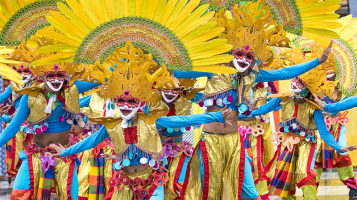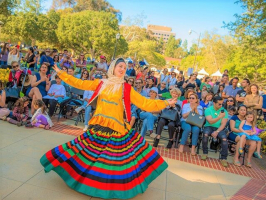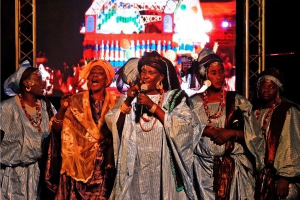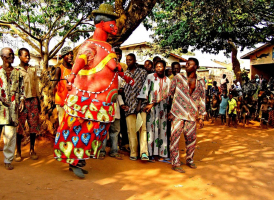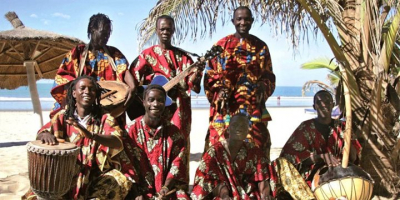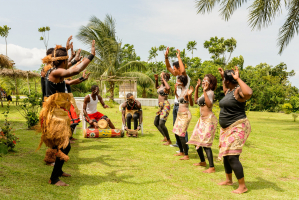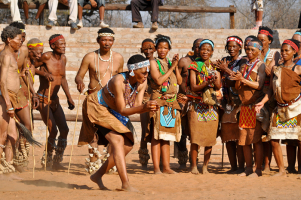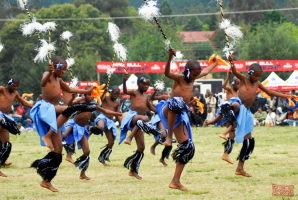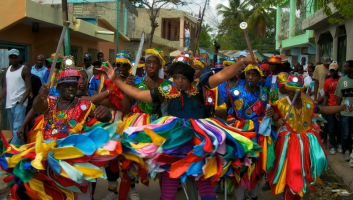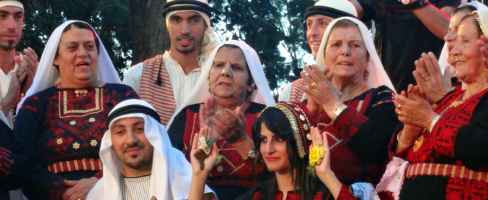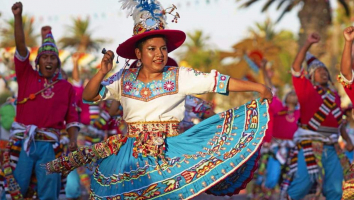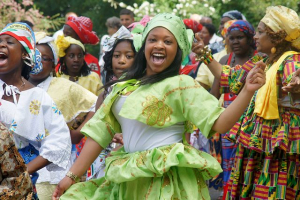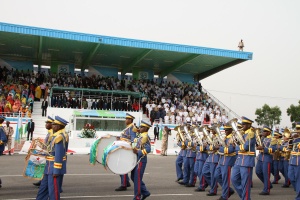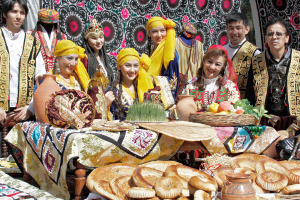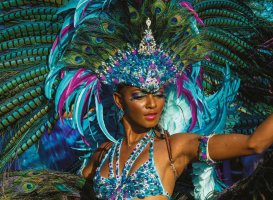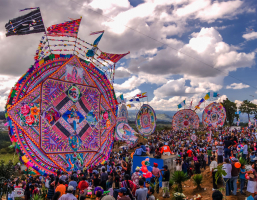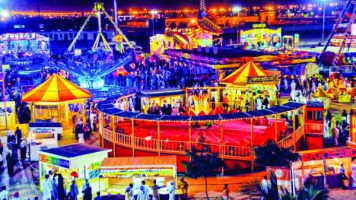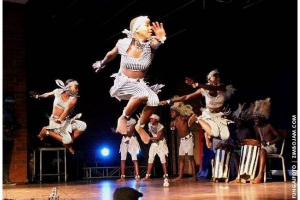Top 12 Most Famous Festivals in Malaysia
Whether you're a nature lover, a beach bum, a culture vulture, or a foodie, Malaysia promises to be the ideal tourist destination that will entice you with its ... read more...charm. Malaysia's holiday season lasts all year, and festivals are celebrated with zeal and zeal in this tropical country. A vacation to Malaysia would be incomplete without experiencing the delight of the country's many festivals and festivities, thanks to its cosmopolitan, multi-ethnic populace that is open to all celebrations. This wonderful country, where the east meets the west to wallow in delight, brings forth the country's unique culture and heritage; the country boasts a staggering 50 public holidays per year, the highest in the world. Here are the most famous festivals in Malaysia.
-
In Malaysia's western regions, particularly near Kuala Lumpur, there is a considerable Tamil population. The Tamils celebrate one of their most important festivals in late January or early February when the moon is full. Thaipusam commemorates Murugan's victory over the wicked spirit Soorapadman.
Devotees pierce parts of their bodies, such as their cheeks and tongue, during this event. A Kavadi is carried by some. A Kavadi is a decorative object used by devotees to pierce their bodies. Thaipusam is special and somewhat exclusive to the Tamil culture, therefore it's doubtful you'll get to experience it again as a foreigner.Check out photographs and videos online first to get a better understanding of what this festival comprises and if it's something you'd like to see. For some, the gore can be too much.
Thaipusam is an annual festival in Malaysia that takes place at Batu Caves on the outskirts of Kuala Lumpur. A Hindu temple is located within Batu Caves. To get to the temple, visitors must climb 272 stairs.When: Late January/ early February
Where: Batu Caves (Selangor); Waterfall Temple (Penang)
Highlight Of The Festival: Lord Muruga is carried in a silver chariot
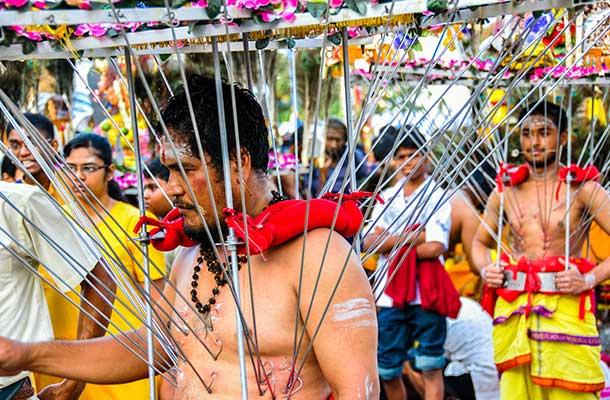
Photo: World Nomads 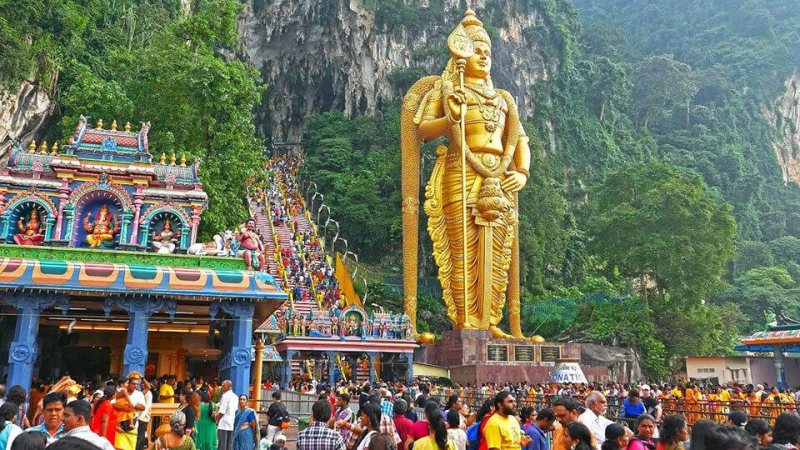
Photo: Hi Asia -
Aside from Hari Raya, Chinese New Year is the only other event in Malaysia that is celebrated with a two-day national holiday. This is a season when the country is truly painted red, as Chinese families and businesses decorate their homes and streets with traditional red decorations to fend off evil spirits, as is customary in China.
While Chinese New Year is usually a 15-day celebration, most Chinese families would fill the first two days with family get-togethers before returning to their regular schedule. Nonetheless, many Chinese communities would continue with joyful customs such as lion dance performances, fireworks displays, and house visits throughout the holiday season.
During this time, friends and family are invited to visit one another's homes, where sweet sweets and savory delicacies are served, and youngsters are given red packets known as "ang pao." In Chinese tradition, the colored is associated with good fortune. During this event, mandarin oranges are particularly popular, and every house you visit will give you one.
The Lantern Festival marks the end of the Chinese New Year's 15-day celebration. In the evenings, children will carry paper lanterns to temples.
When: February
Where: Across the country, especially Kuala Lumpur.
Highlight Of The Festival: Lion & dragon dance performances
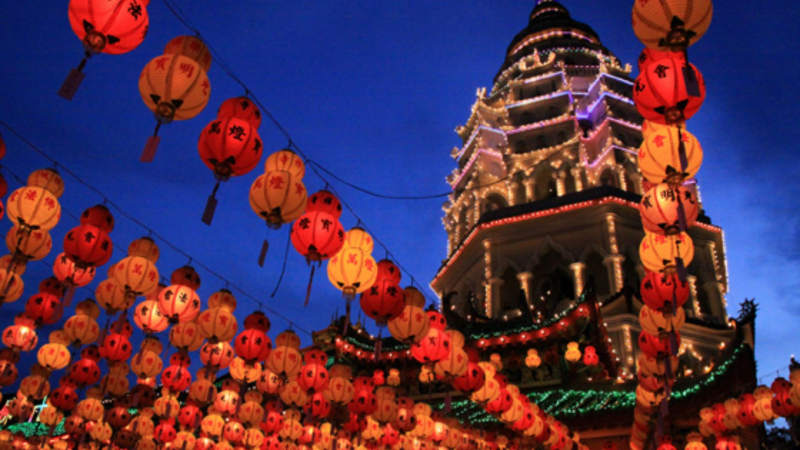
Photo: Wonderful Malaysia 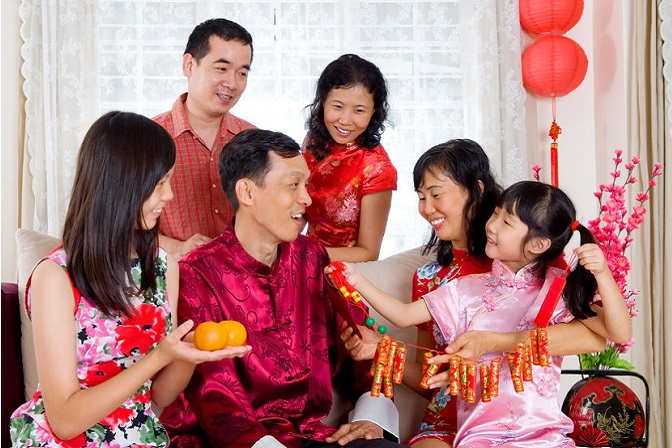
Photo: Packist.com -
Wesak Day, or Buddha's Birthday, is observed by Malaysian Buddhists on the Sunday closest to the full moon in May. Buddhists from all over the country will gather at the temple for service. The objective of one of the major Buddhist religious festivals is to commemorate Gautama Buddha's birth, enlightenment, and death.
The celebrations begin in the temple, where committed monks in saffron robes meditate and chant while burning incense and offering prayers. Processions with flowers and candles are held in several places in Malaysia, such as Penang, which has a large Buddhist population. If you're in Malaysia at the end of May, look online to see what activities and celebrations are going on in your area. Alternatively, you might go to one of the temples and observe the festivities.When: Full moon of May
Where: Across the country
Highlight Of The Festival: Releasing doves and tortoises as a symbol of liberating
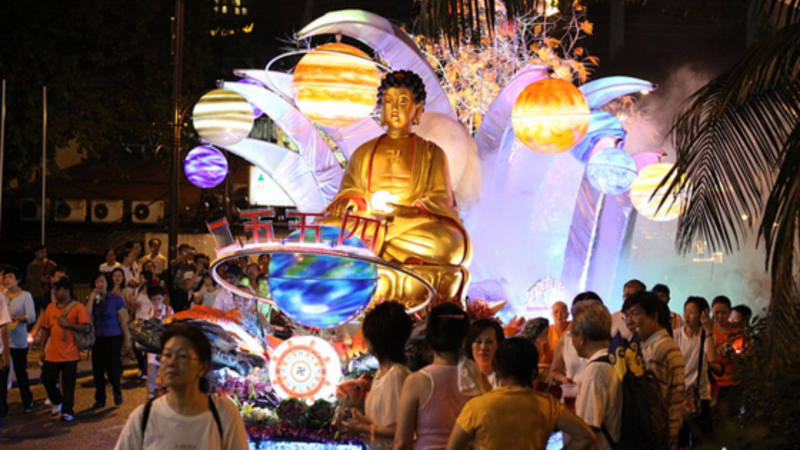
Photo: Phật học đời sống 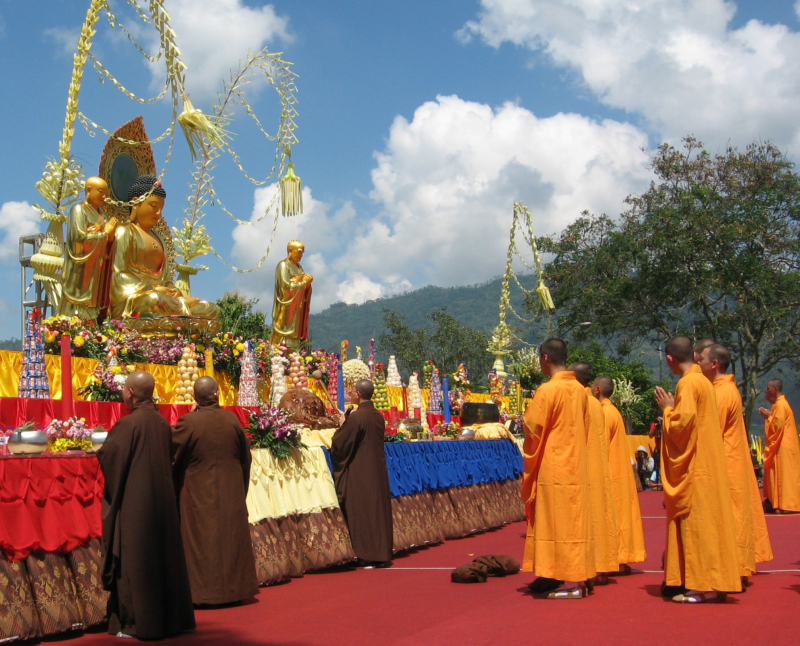
Photo: Wikipedia -
On the 30th and 31st of May, Sabah's most important cultural festival takes place. The Kaamatan Harvest Festival is an old pagan festival that honors the ethnic Kadazan-successful Dusun's harvest, a tradition that stretches back millennia. However, nowadays, there is a greater emphasis on the social aspect of things, such as throwing a party with plenty of food, drink, and music.
Local Sabahans host friends and relatives at their homes and provide copious amounts of food and drink, while others participate in public activities. Various exhibitions are hosted in the vicinity of the Kadazan Dusun Cultural Association Hall (KDCA) in Penampang. Traditional dancing is performed during public occasions, with dancers dressed in ethnic clothes. Tapai and Lihing, a sort of rice wine, will be plentiful. There are also several regional cuisines to try, such as hinava (fermented fish) and bambangan (a kind of pickled fruit with yellow flesh similar to mango).
Unduk Ngadau, a beauty pageant held inside the cultural hall, has a winner declared at the end of the Harvest Festival. Local Sabahan ladies from all across the state gather to flaunt their beauty and glitz in the hopes of being proclaimed Unduk Ngadau this year, a renowned title.
When: 30 & 31st May
Where: Sabah
Highlight Of The Festival: Arm-wrestling, blowpipe shooting
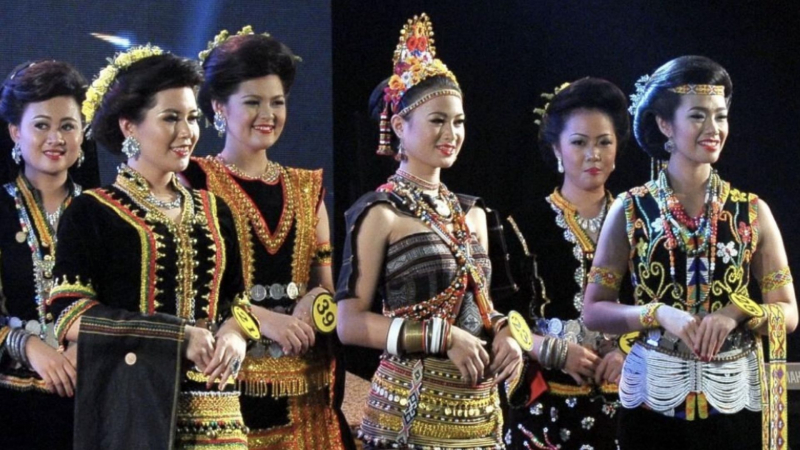
Photo: Borneo Today 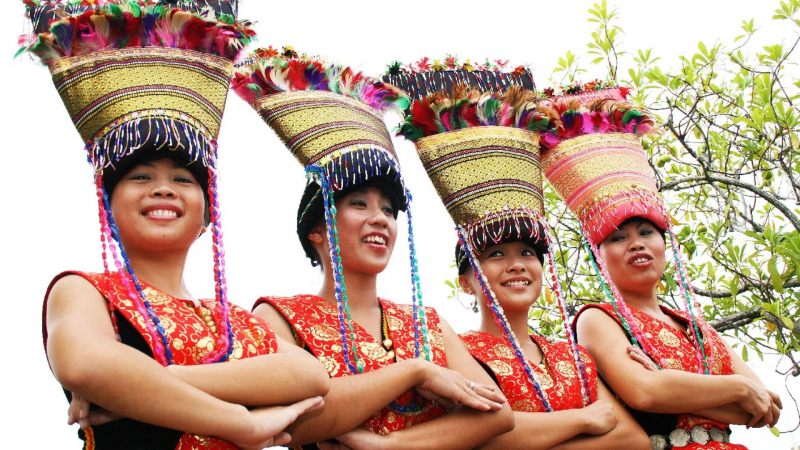
Photo: MySabah.com -
Sarawak's version of the Harvest Festival is known as Gawai. One of the state's largest and most popular events includes indigenous communities such as the Bidayuh, Murut, Kayan, and Iban. Gawai, like Kaamatan, began as a pagan holiday but has since grown into a public festivity rather than a religious feast.
Sarawakians frequently host a plethora of open homes with an abundance of food and drink. Friends and relatives are expected to attend, and it is common to visit numerous open houses in a single day. 'Tuak,' Sarawak's version of rice wine, is consumed in considerable quantities throughout the day. They also have a beauty pageant called Kumang and Keling Gawai, which is open to both men and women. Gawai culminates in the coronation of the Festival's King and Queen (Keling and Kumang).
Few foreigners get the opportunity to attend the Harvest Festival, which is highly recommended if you happen to be in Sabah or Sarawak at the time. Various public events are held, and if you have a local acquaintance, you will almost certainly be invited to attend.
When: 1st and 2nd June
Where: Sarawak state
Highlight Of The Festival: Traditional dances, feasting, and free-flowing tuak
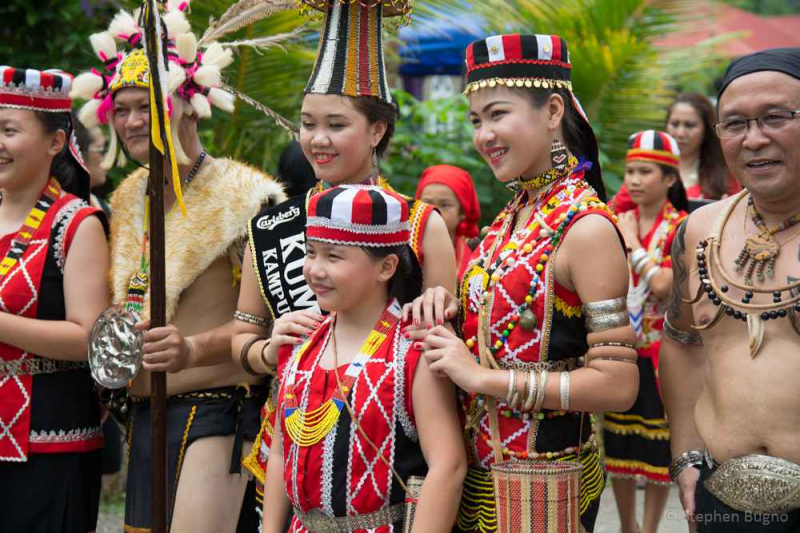
Photo: Bohemian Traveler 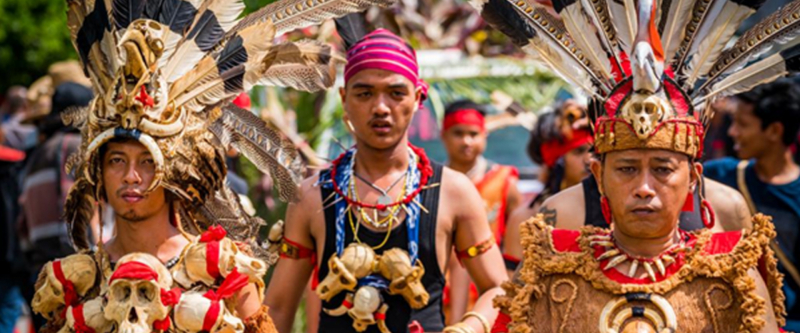
Photo: ASEAN CULTURAL CENTER -
With ethnic Malays constituting more than half of the population, the most prominent event in Malaysia is the Islamic New Year celebrations of Eid al-Fitr, or as it is known in Malay, Hari Raya Aidil Fitri.
Hari Raya celebrates the completion of the 9th month of the Islamic calendar, also known as Ramadhan, and thus marks the end of a month of fasting from dawn to sunset. In Malaysia, it is a two-day national holiday, and many families return to their hometowns to celebrate with their extended family.Some Muslim households hold 'rumah buka,' or 'open houses,' where they invite neighbors and members of the community into their homes to share in the festivities, which include celebratory foods such as curry chicken, beef rendang, chicken satay, ketupat, lemang, rose syrup, cakes, cookies, and tarts.
The streets of big cities such as Kuala Lumpur, Singapore, and Jakarta are generally decked in amazing decorations that are brightly lit at night during Eid celebrations.When: June
Where: Across the country
Highlight Of The Festival: Open House tradition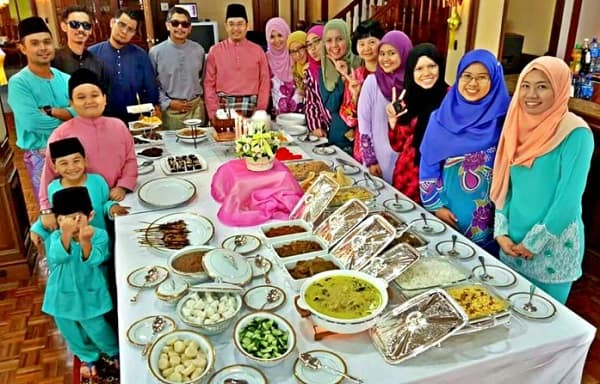
Photo: Dulichlive.com 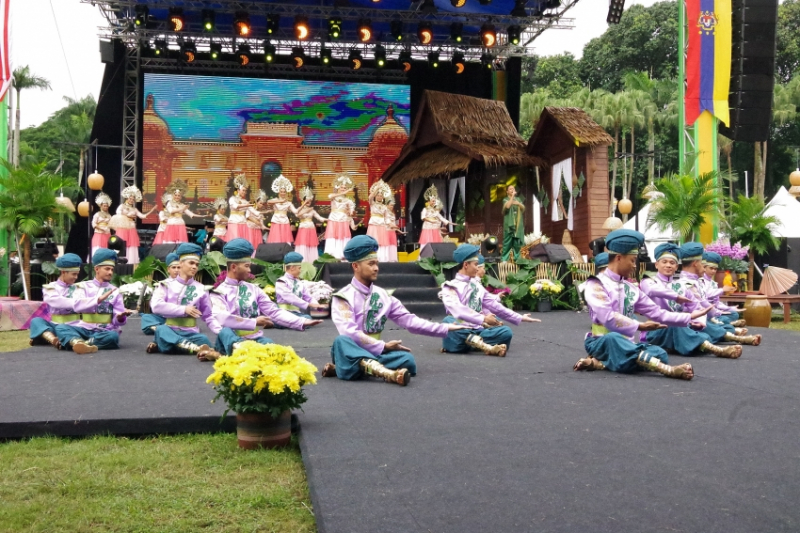
Photo: Vietnam Investment Review -
No celebration is as colorful and vibrant as the Indian festival of Diwali, also known as Deepavali in Malaysia, where it is a national holiday. Deepavali, also known as the Festival of Lights, celebrates the triumph of light and hope over darkness.
The day begins with a prayer and a bath with oil. Processions, street fairs, fireworks, and get-togethers take place later in the day. One aspect that properly symbolizes the Deepavali festivities in locations where there is an Indian community is the aromas of a variety of foods lingering across the streets.Deepavali, like any other celebration, is not without its pomp. Beautiful and elaborate traditional rangoli artworks are made as both a decoration and a sign of good luck in the run-up to Deepavali and during the festive period itself. During this time, Malaysian homes and streets are often decked out with colorful lights and oil lamps.
When: November
Highlight Of The Festival: Visiting relatives, distributing sweets
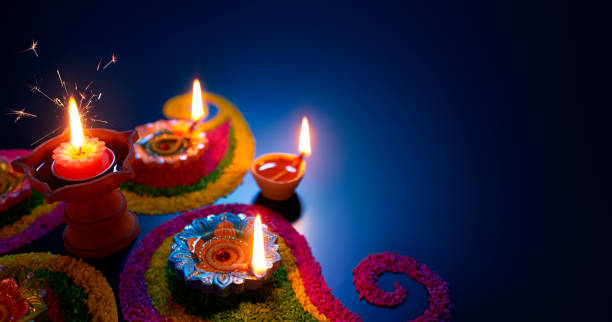
Photo: iStock 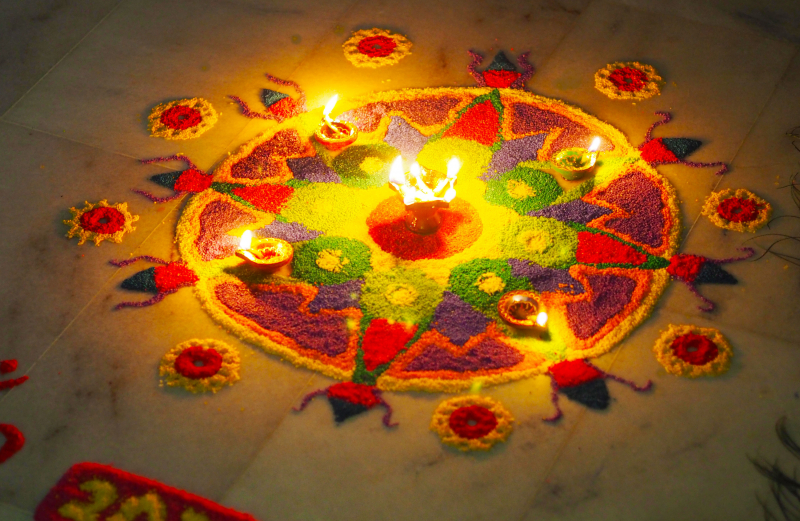
Photo: Time Out -
Christmas is a perfect example of Malaysia's multi-cultural identity. Malaysia commemorates Christmas as a national holiday, despite the fact that only about 9% of the population is Christian and Islam is the state religion.
Christmas parties and caroling are prevalent in Christian communities, and everyone is welcome to join in the celebrations regardless of race or belief. Not to be outdone by the modern charm of Christmas, the run-up to the holiday is frequently marked by the playing of Christmas jingles against the backdrop of elaborate Christmas decorations in many of the country's retail malls in order to entice shoppers to a year-end sale.When: December
Highlight Of The Festival: Plum cakes and decorations
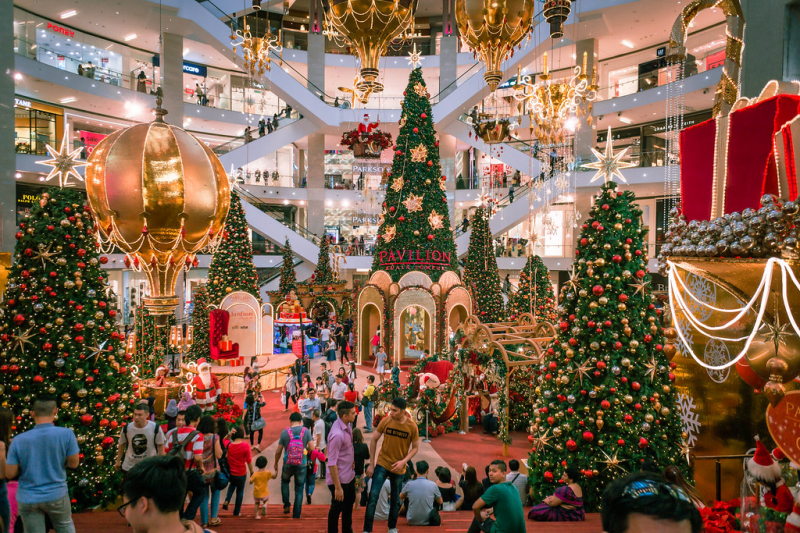
Photo: WhyChristmas.com 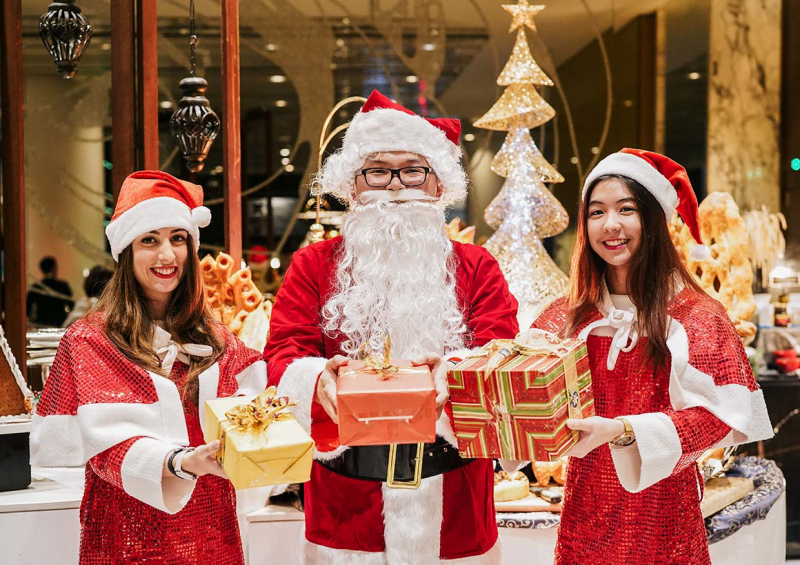
Photo: FOOD Malaysia -
In mid-July, the Rainforest World Music Festival takes place in Kuching, Sarawak. International musicians have been flocking to Sarawak's capital to participate in this three-day event since 1998. The music festival is well-known around the world and draws a large number of foreign tourists due to the live music and shows. Modern styles are frequently mixed with traditional instruments to create a hypnotic fusion of sound. The Sarawak Cultural Village sponsors the festival, which includes workshops, crafts, and food.
Nothing compares to the thrill of gyrating to foot-stomping music amid Borneo's rainforests with tens of thousands of music fans from across the world. Rainforest Music Festival is a heady mix of live performances by top-notch international artists, cultural experiences, and workshops, and is one of Malaysia's most stunning music festivals and one of Southeast Asia's largest. Visit the Sarawak Cultural Village for a three-day musical spectacle that will be remembered as one of the most famous festivals in Malaysia.
When: July
Where: Borneo
Highlight Of The Festival: Live performances
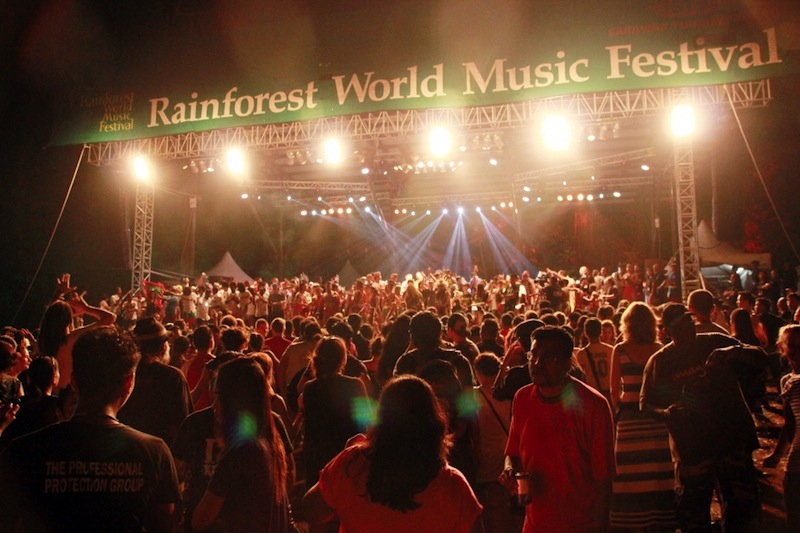
Photo: Asian Itinerary 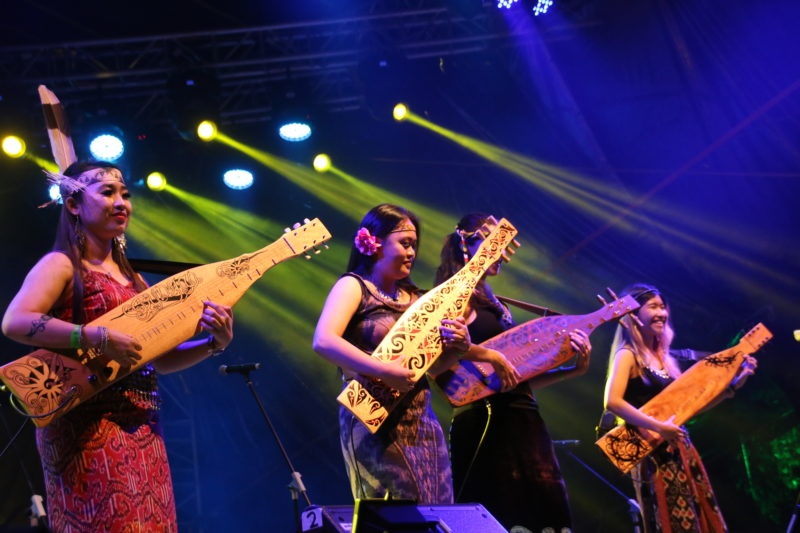
Photo: Intrepid Travel -
The Penang International Dragon Boat Festival is the largest festival in Penang and a tourist favorite. Penang State Tourism organizes this yearly two-day festival, which runs from 9:00 a.m. to 5:00 p.m. More than 40 Malaysian and international racers compete in colorful traditional boats followed by drum beats at the Teluk Bahang Dam, which is located 18 kilometers from Georgetown.
Competitors from South East Asia, including Singapore, Hong Kong, and China. If you get the chance to go, there will also be a lot of local food for sale and acts to keep the crowd entertained. The Dragon Boat Festival is a one-of-a-kind experience that draws both locals and tourists to Penang.When: December
Where: Penang
Highlight Of The Festival: Colorful traditional boats
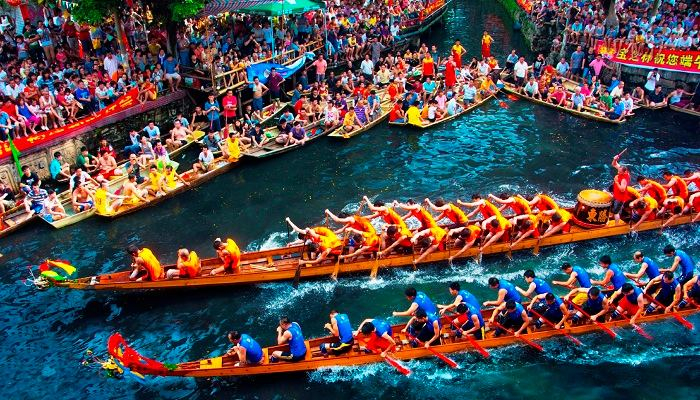
Photo: Maicih Malaysia 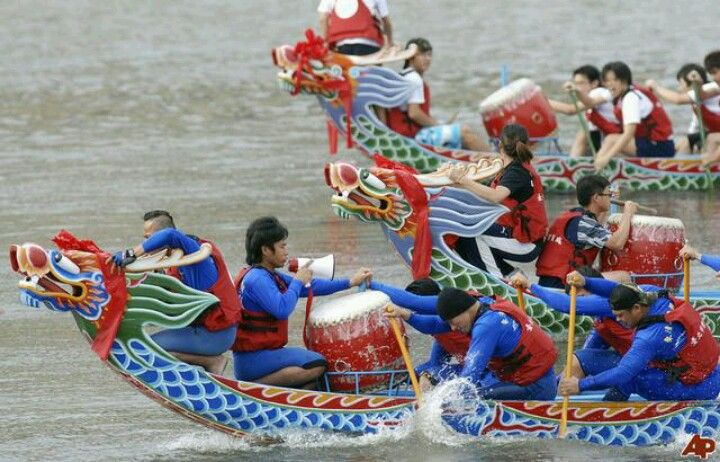
Photo: Pinterest -
Malaysia declared independence from the British on August 31, 1957, and established the Federation of Malaya. Malaysia, formerly known as Malaya, finally attained independence after a long period of colonial domination.
The majority of the festivities take place in Kuala Lumpur's Merdeka Square. A firework show fills the Kuala Lumpur sky with color as the clock strikes midnight on August 31st, kicking off Independence Day celebrations. Parades and performances by schoolchildren and civil officials will take place later in the day. Following the ceremony, live performances are held, with thousands of locals flocking to the venues to take part in the festivities. If you haven't yet experienced Malaysian National Day celebrations, make your way to Kuala Lumpur and take part. Just go with the flow.When: 31st August
Where: Kuala Lumpur
Highlight Of The Festival: Concerts and grand parade
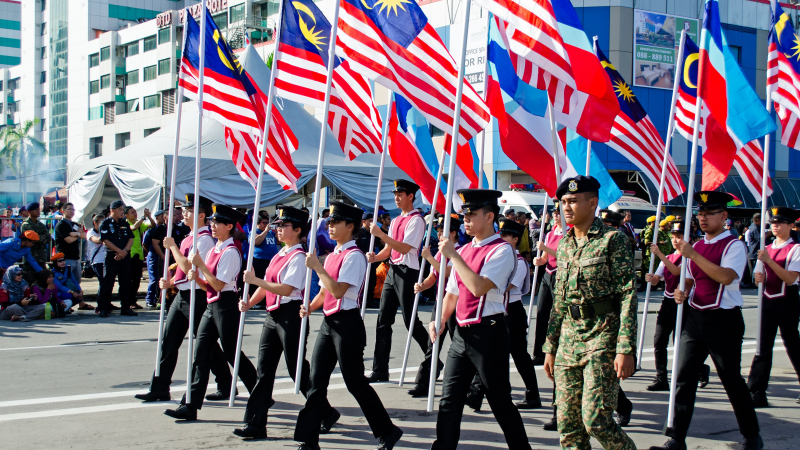
Photo: TripSavvy 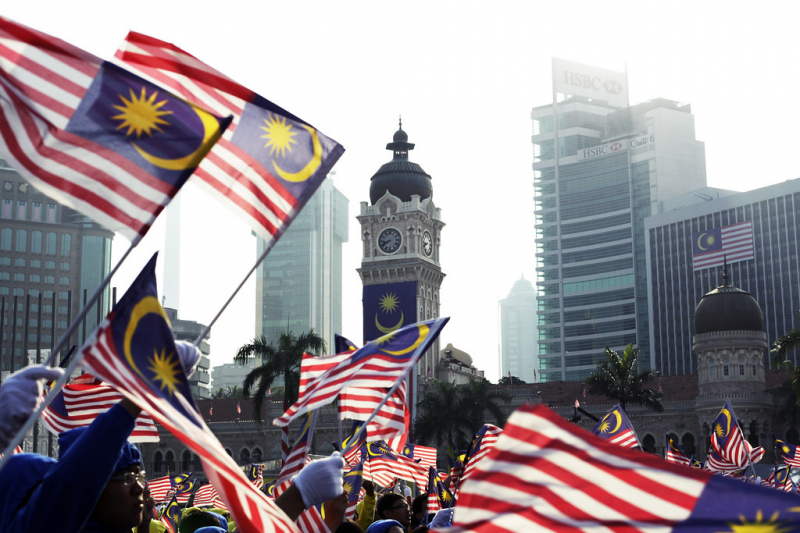
Photo: Flickr -
Water Festival, one of the most famous festivals in Malaysia, is similar to Holi in India, except that they use clean, non-colored water instead of dry colors. It's one of Malaysia's most pleasant cultural celebrations, held during the gap year, where people of all ages and walks of life converge to joyfully pour water on each other. Kuantan hosts the event, which concludes in Labuan.
At the Malaysia Water Festival, a month-long festive extravaganza held around the country's various beaches, you may ride the waves and play in the sand. This Malaysian event is a must-see for those looking for some coastal fun, with activities such as kayak sprinting, sandcastle building, fishing, and more. The massive, world-record-breaking sandcastles are incredible!
When: Celebrated every year in April
Highlight Of The Festival: International fishing tournament
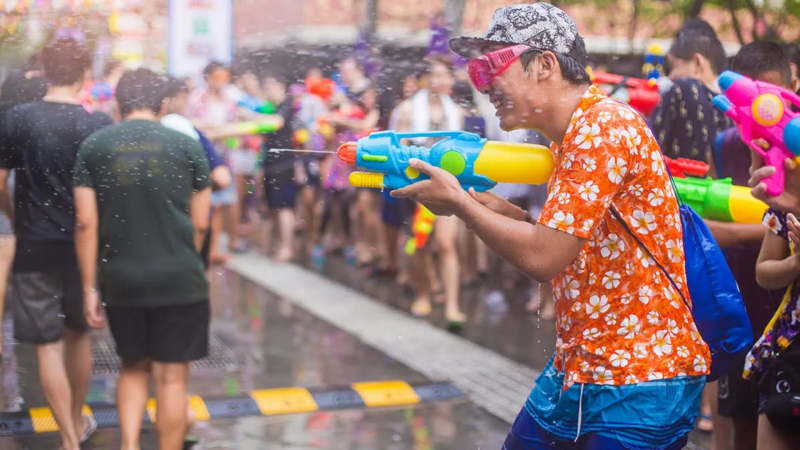
Photo: www.agoda.com 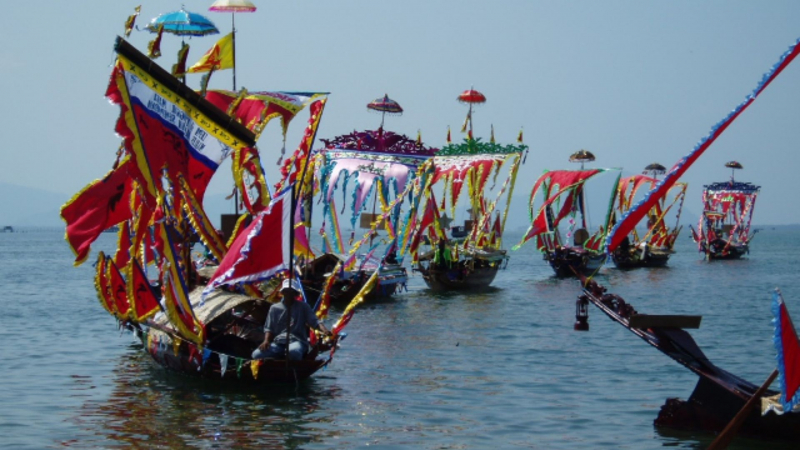
Photo: Visit Southeast Asia














